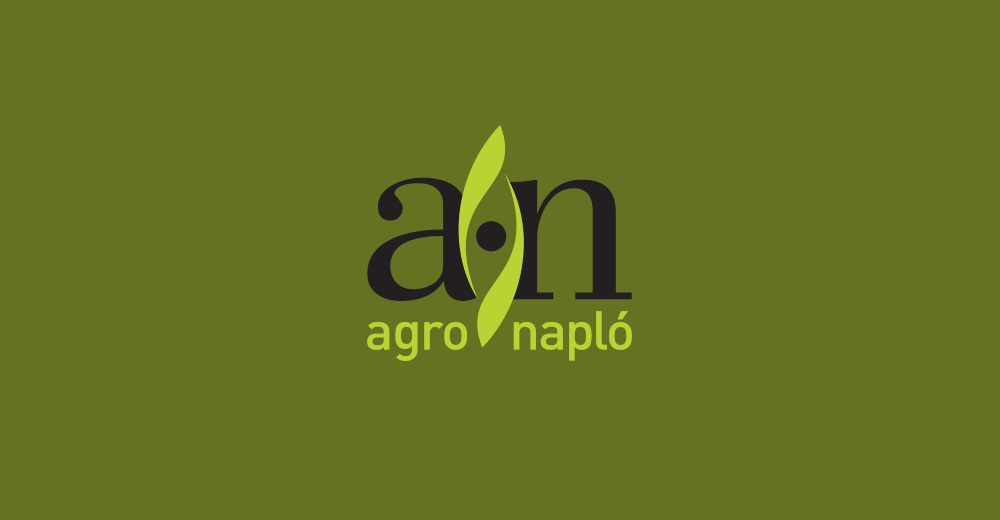The farming sector (and the milk sector in particular) is a long term business : it cannot decide to produce more milk from one day to another.
Milk producers anticipated a growth in the market which has been disturbed massively by two major factors which were not predictable : the switch of the Chinese economy and the Russian ban (this country being previously one of the main importers of EU food products), without mentioning that climate conditions have an impact on the overall milk production (the warm winter in the EU pushed the milk production upwards).
Under these conditions, the policy options for EU decision-makers are the following:
1- “doing nothing” – meaning losing farmers (often young farmers who recently invested in new facilities- facing high charges)
2- “spend money to buy surplus” (traditional tools that are available within the CAP) “or give a bit of money to each producer” as the EU did last autumn (500M Eur)
3- reduce the level of production available on the market as proposed.
For the politicians, the key question is: what is in the long term interest of the consumers/taxpayers?
1- Nowadays the most affected are those farmers that invested recently. Losing those producers would mean in the future, when markets will recover, less capacity to benefit from the global growth of the milk market. In the long term, this would clearly discourage investments and new-comers in the farming sector (the challenge today is to attract workers in the farming sector, not the contrary) – and so it would jeopardize the capacity of the farming sector to become more competitive and younger.
This option seems to be removed from the table.
Then, the key question is : does the EU use taxpayers money to have a real impact on the crisis or simply to pretend that it is doing something, knowing perfectly that it will not change the situation for the producers (which would be wasting taxpayers' money, indeed)?
2- Spending money to buy surplus would perhaps help in the very short term, but at one point the storage capacities are costly and limited (and not available all across the EU, especially not in the Baltic countries) – and the milk will come back on the market anyway. Giving direct support has already been done. 500 millions EUR represents less than 200 euros per farm – which is nothing when you lose money every day.
3- The last option developed by Farm Europe is certainly not perfect – there is simply no ideal option (in a perfect world offer and demand should always be perfectly balanced) – but it would contribute to rebalance the market in a very effective way, and stop the vicious circle in which the most competitive producers are producing more and more to cover their charges. It would be an efficient use of taxpayers' money giving fresh air to those producers that will contribute to the future of the agri-food economy. It will not make a difference in terms of prices (or will only have a marginal impact) for consumers – it is a matter of cents! And, above all, from an environmental point of view it is better to reduce production than to waste milk.
Source: Farm Europe







